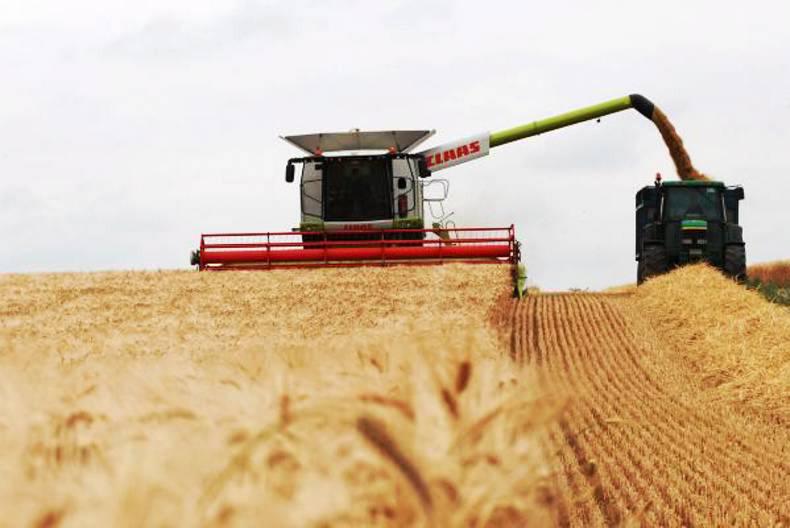On both the Chicago exchange (CBOT) and the Euronext exchange (MATIF) in Paris, prices for wheat, maize and rape were all significantly down at the close of trading on Friday last week. Worrying economic news coming from China is plaguing markets, as the prospect of global supply gluts for commodities sparked a sell-off in risky assets.
The bad news from China only compounded recent forecasts from some of the world’s major grain-producing regions for larger than expected harvests this year.
Europe
On the MATIF, futures prices for December 2015 wheat fell by more than €2/t during Friday’s trade to finish on €176/t. December 2015 wheat has now fallen by €14/t since the second week of August.
December 2016 wheat was also down by more than €2/t to finish the week on €185/t, leaving prices down more than €5/t over the entire week.
Maize futures prices fared no better, with November 2015 maize back almost €2/t to finish at just over €174/t. November 2016 maize was also back €2/t to just below €177/t.
Futures prices for November 2015 rape took a hammering on Friday as they fell by almost €11/t to finish on just over €357/t – the biggest one-day fall since early August. November 2016 rape prices fared somewhat better, with declines limited to a fall of €4/t to finish the week on €346/t.
During early trading on Monday morning, rape futures were again taking a beating, with prices down anywhere between €5/t and €9/t. Futures for wheat and maize were back anywhere between €2/t and €4/t on the Paris exchange during Monday’s early trade.
Chicago
The story from the Chicago exchange at the end of last week was similar to what occurred in Paris. December 2015 SRW wheat fell by almost $3/t to finish Friday’s trade at just over $185/t (€164/t). Prices for December 2016 SRW wheat were down $2/t to end the week just below $197/t (€174/t).
During Monday’s early trade in Chicago, the declines continued, with prices back anywhere between $2/t and $5/t for SRW wheat.
The declines in futures prices for maize were not as pronounced in Chicago. This is likely due to last week’s news from farmer groups in America that forecast maize yields are well short of those predicted by the USDA – partially offsetting the bad news from China.
Futures prices for December 2015 maize fell by $2/t to finish last week at just under $149/t (€131/t), while December 2016 maize was back by $1/t to end Friday’s trade at $158/t (€139/t). However, during early trading on Monday, prices had fallen by anything up to $3/t.
What’s happening in China?
In early August, China sent shockwaves through the global markets after authorities in Beijing devalued the yuan, China’s currency, by almost 4% over a 24-hour period. The devaluation sparked renewed fears about the health of the Chinese economy, especially in light of recent data, which showed the Chinese manufacturing sector was stalling and a decline in exports.
Markets were troubled by concerns that an economic slowdown in China, the world’s largest importer of energy and commodities, would lead to oversupply gluts. Initially, futures for agri-commodities and grains remained relatively insulated from the bad news.
However, at the end of last week, markets were plunged into turmoil once more, as fresh concerns about the health of China’s economy resurfaced. Oil, metals and grains were all negatively affected as commodities fell to their lowest level in 16 years during early trading on Monday.






 This is a subscriber-only article
This is a subscriber-only article











SHARING OPTIONS: